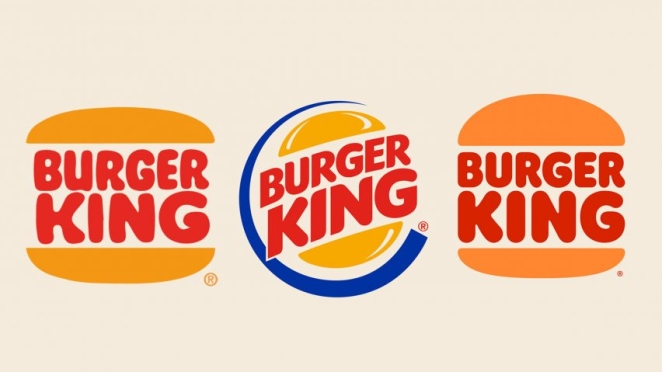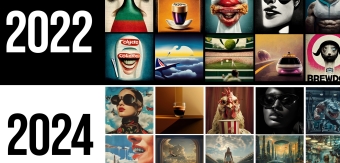A smell. A song. A box of cereal. A kid’s toy. Seemingly simple things can bring a rush of feel-good nostalgic memories to a person. These memories are powerful emotional connectors, and marketers know it.
The power of nostalgia in marketing is undeniable, and marketers routinely tap into nostalgia to connect with consumers who long for their earlier days. Retro-inspired campaigns that evoke fond memories of past times have proven remarkably effective across various industries, from fashion and entertainment to food and technology.
Why is Nostalgia in Marketing So Effective?
Nostalgia marketing works by triggering emotional responses tied to idealized memories. When consumers encounter products, advertisements, or experiences that remind them of happier times, it often elicits warm feelings, a sense of comfort, and a temporary escape from the pressures of modern life.

Studies have shown that nostalgic feelings can help combat loneliness, enhance mood, increase self-esteem, and foster a sense of social connectedness. By tapping into these powerful emotions, brands can create deep, meaningful connections with their audience that translate into brand loyalty, increased engagement, and purchases.
What’s Driving the Popularity of Retro Campaigns?
Several factors contribute to the current popularity and effectiveness of retro-inspired marketing campaigns, beyond the fact that many of those designing the campaigns are themselves drawn to their own nostalgia. These include:
1. Generational shifts
Millennials and Gen X, now in their prime earning years with significant purchasing power, respond strongly to references from their childhood. As these generations become primary consumer groups, marketing that speaks to their childhood experiences becomes increasingly relevant.
2. Uncertain times
During periods of social, political, or economic instability, people tend to yearn for simpler times. Coming out of a pandemic, and faced with high inflation and a polarized political environment, consumers seek the comfort of familiar, nostalgic elements that provide a sense of security and stability.
3. Digital fatigue
As technology advances daily, many consumers are experiencing digital fatigue. The constant influx of new devices, social media platforms, and digital experiences can be overwhelming, making the familiar aesthetics and simpler technologies of the past particularly appealing.
4. Pop culture trends
Pop culture tends to work in cycles with trends from previous decades often coming back into vogue. For example, mustaches and flip phones are making a comeback. The natural recycling of fashion, music, and design provides plenty of opportunities for nostalgia-based marketing.
5. Social media
Platforms like Instagram, Pinterest, and TikTok have made it easier than ever to share and celebrate retro aesthetics, fuelling the nostalgia trend and providing new channels for brands to engage in retro-inspired marketing.
Examples of Nostalgic Marketing
Brands across various industries have successfully leveraged nostalgia in their marketing efforts to drive awareness and sales. Successful retro campaigns understand their target audience, are authentic and evoke an emotional connection while maintaining a modern feel. Here are a few examples of companies using nostalgia in their marketing.

Nintendo capitalized on nostalgia by releasing miniature versions of classic consoles like the NES and SNES, packed with beloved games from the past. And yes, I own one. These releases not only appeal to older gamers but also introduce classic titles like Tecmo Bowl to new generations. In fact, this has spurred a whole new industry of online retro game makers.
TV shows and movie reboots are the soup du jour. The revival of beloved TV shows and movie franchises has become a significant trend. Examples include the reboot of classic films like Ghostbusters and Top Gun, and TV shows like Fuller House and The Conners. Even modern-day shows like Stranger Things, which is set in the 1980s and heavily features pop culture references from that era, draw upon this realtor feel.
Many clothing brands have reintroduced styles from previous decades, and stores like Target offer a retro nostalgia section. For instance, Champion's resurgence in popularity was largely driven by the revival of 90s streetwear trends. Food and beverage companies love nostalgia! Pepsi and Coca-Cola have periodically reintroduced vintage packaging designs or revived discontinued products. General Mills found success by bringing back discontinued cereals and featuring retro designs on their boxes.

Burger King has made their retro logo their now-new logo. And who doesn’t love a classic car? Car manufacturers often draw inspiration from classic models when designing new vehicles. The modern iterations of the Volkswagen Beetle and the MINI Cooper are examples of successfully blending nostalgic design elements with modern-day technology.
The Future of Nostalgia Marketing
As long as generations continue to look back fondly on their youth, the power of nostalgia in marketing will endure. However, the specific focus of nostalgic campaigns will evolve as Gen Z and Gen Alpha become primary consumer groups. We're already seeing early examples of Millennial nostalgia with revivals of Y2K fashion trends and TV show reboots. One challenge for brands in the future is the pace of technological advancement. Rapid evolution of tech may lead to shorter nostalgic cycles which could lead to more nuanced and diverse nostalgic marketing strategies.
Successful campaigns will require a thoughtful approach. Brands must understand their audience, remain authentic to their values, and balance retro appeal with modern relevance. While the specific focus of nostalgia may shift, its fundamental appeal will likely remain constant.
In a world of constant change and uncertainty, the comfort of the familiar and the joy of revisiting happy memories will always have a special place in the hearts of consumers. Savvy marketers who can tap into this powerful emotion while still offering modern-day value will find success in creating emotional connections with their customers.







